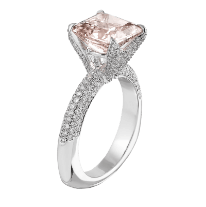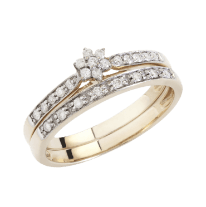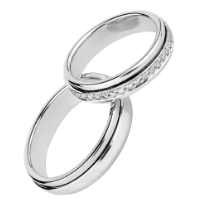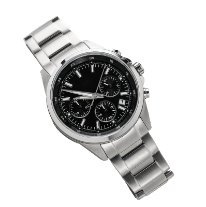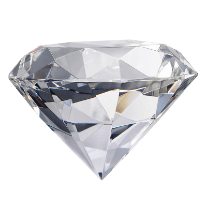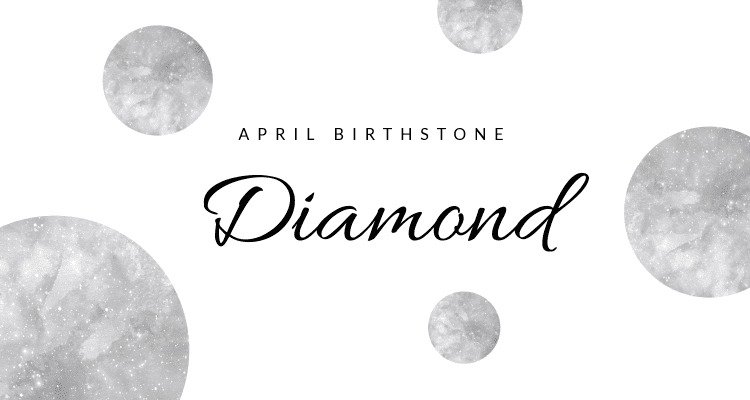Those born in April are seen as elegant, yet tough, shine brightly but can cut you deeply… so it is only fitting that this month’s birthstone is a diamond. Envy of all other birthstones, a diamond is by far the most precious and sought-after stone. While many of you may be able to recite that diamond takes out the top spot (number 10) on the Moh’s hardness scale, a lesser-known fact is that its name originates from the Greek word “Adamas”, which means “unbreakable” or “invincible.” Now that we’ve established that diamond is basically the Superman of gemstones, let’s take a look at why we love this birthstone so, so much!
Like every good superhero, the April birthstone has a tumultuous origin story. Formed over billions of years, diamond is created deep within the earth’s mantle under conditions of extreme pressure and heat. Despite this incredible journey, a common misconception still persists that diamonds can be formed from coal.
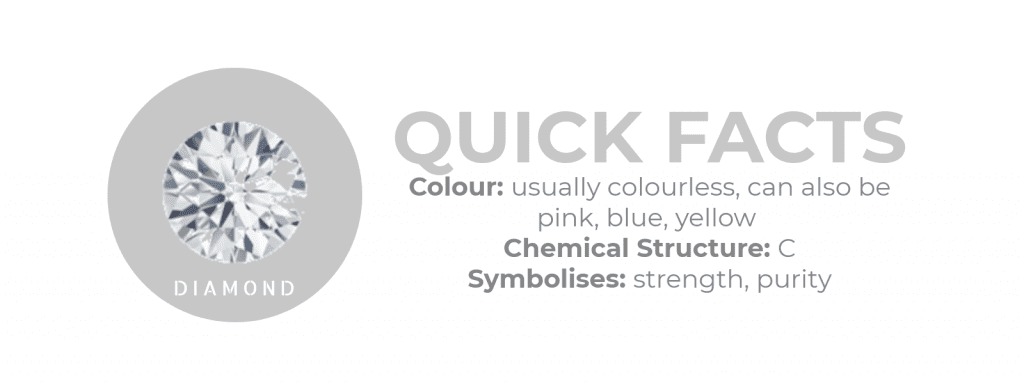
Every diamond is unique. A huge array of factors combine to determine a stone’s value. The four most important characteristics which diamond specialists use to compare stones is colour, clarity, cut and carat weight. Generally speaking, a large round brilliant cut stone of D colour and flawless clarity is the diamond to choose if you are really wanting to splurge. Coloured varieties such as pink, yellow and blue diamonds can also fetch large sums of money due to their rarity and beauty.
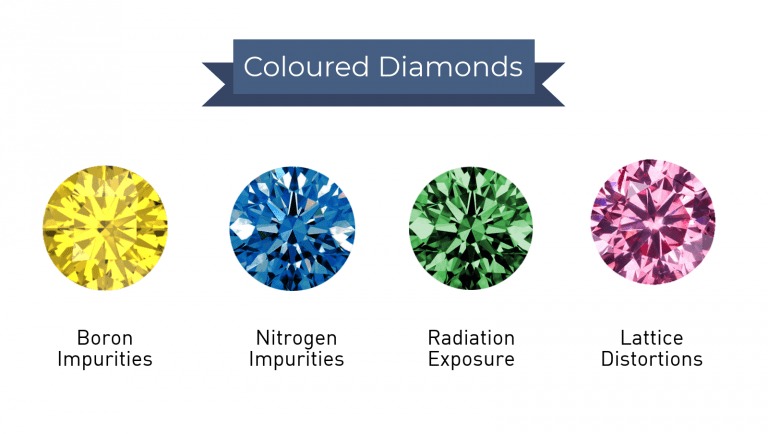
In recent years there has been a rise in the popularity of laboratory-grown diamonds. Lab stones are man-made in a highly controlled laboratory environment. The lab conditions mimic the high temperature and pressure of the earth’s mantle. Lab diamonds are a sustainable and affordable alternative to natural stone. It is almost impossible to distinguish a lab-grown from a natural stone; however, visible inclusions are more prominent in natural stones – so the origin can be determined by surveying imperfections in the crystal.
Ancient Romans and Greeks once thought diamonds were the tears of gods or fragments from shooting stars. The earliest association between romantic love and diamonds stemmed from the Romans, who also believed that Cupid’s arrows were tipped in diamonds.
The tradition of gifting engagement rings set with diamonds dates back to 1477, when the Archduke Maximillian of Austria proposed to his beloved Mary of Burgundy. The ring featured a tasteful arrangement of diamonds spelling out an “M.” In 1947, DeBeers popularised diamond engagement rings following the release of their marketing slogan, “A Diamond is forever.” As a result, from 1930 to 1990, the occurrence of diamonds in engagement rings spiked from 10% to a huge 80%.

Figure 1: White dwarf planet containing 10-billion-trillion-trillion carats of diamond, nicknamed “Lucy” after the Beatles song “Lucy in the Sky with Diamonds”
For those who have read our blog “Fame and Fortune: the World’s Most Famous Diamonds”, you would know there are some sizeable hunks of diamonds sitting in important museums and royal collections. None of these compares to the beautifully named “Lucy” from the Beatles song “Lucy in the Sky with Diamonds,” a star made of a 10-billion-trillion-trillion-carat diamond. Unluckily for us, the most expensive star in the galaxy is 50 light years away from Earth.
To get an instant quote for jewellery insurance, click HERE.

